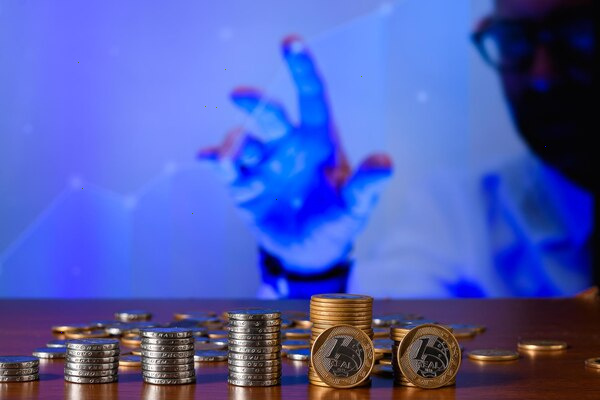Virtual Realities and Blockchain: The New Frontier
In recent years, two technologies have evolved from speculative concepts into tangible realities: virtual reality (VR) and blockchain. Each, in its own right, represents a significant leap forward in how we engage with the digital world. But when combined, the potential they hold could revolutionize not just industries, but the very fabric of our online interactions.
Virtual reality has long captured the imagination of technologists and futurists alike. From immersive gaming environments to virtual workplaces, VR offers a compelling promise: to transcend the physical limitations of the real world. As hardware becomes more sophisticated and software more intuitive, the applications of VR are expanding beyond entertainment into sectors such as healthcare, education, real estate, and more.
Meanwhile, blockchain technology, the backbone of cryptocurrencies like Bitcoin and Ethereum, has shown the world that digital transactions can be both transparent and secure. The decentralized ledger system that blockchain offers ensures that data is immutable, verifiable, and resistant to fraud. This has profound implications not just for finance, but for any domain where trust and authenticity are paramount.

The intersection of these two technologies opens up a horizon of possibilities. In virtual realities, the need for secure, transparent transactions is critical. Whether it’s purchasing virtual goods, securing digital property rights, or ensuring the authenticity of user identities, blockchain can provide the backbone for a trustworthy virtual economy. Imagine a virtual world where every transaction, from buying virtual land to acquiring rare digital artifacts, is recorded on a blockchain, thus ensuring its legitimacy and traceability.
One of the most exciting applications of this synergy is in the creation and trading of digital assets, often referred to as non-fungible tokens (NFTs). NFTs are unique digital items verified using blockchain technology. In VR environments, NFTs can represent ownership of virtual real estate, rare in-game items, or even exclusive experiences. This creates a new economic layer within virtual worlds, where both value creation and value exchange are possible in a way that is transparent and secure.
Furthermore, blockchain can enhance the governance of virtual spaces. Decentralized Autonomous Organizations (DAOs) allow for community-driven decision-making. In a VR environment, a DAO could manage the rules, development, and policies within a virtual space, offering a new way for users to have a stake in the digital communities they inhabit.
The fusion of VR and blockchain also promises advancements in identity verification. In virtual worlds, establishing and maintaining a trustworthy digital identity is crucial. Blockchain can provide decentralized identity solutions that ensure users’ information is both secure and verifiable yet private. This is particularly important as social VR platforms become more prominent and the lines between our real and virtual identities blur.
Educational domains stand to gain immensely from the integration of VR and blockchain. Imagine a virtual university where diplomas and course completions are verified on a blockchain, ensuring that certifications are tamper-proof and globally recognized. Students could collaborate in immersive environments, and their achievements would have a permanent, verifiable record.
In healthcare, VR can be used for therapy and rehabilitation, while blockchain can ensure that patient data is secure and only accessible to authorized entities. This dual approach can offer a more holistic, secure, and immersive patient experience.
As these technologies continue to develop, they will undoubtedly face challenges, from technical hurdles to ethical dilemmas. Scalability, interoperability, and data privacy are just a few of the issues that need addressing. However, the potential benefits are too significant to ignore.
The advent of virtual realities powered by blockchain marks the beginning of a new frontier. It is a convergence that holds the promise of a more immersive, trusted, and dynamic digital experience. As innovators and developers continue to explore this intersection, the boundaries between the real and virtual will blur, heralding an era of unprecedented possibilities.
In conclusion, the integration of virtual reality and blockchain is more than a technological advancement; it is a revolution that will redefine how we perceive, interact with, and inhabit digital spaces. Whether it’s creating new economies, securing digital identities, or fostering global collaboration, the fusion of these technologies is set to transform our digital future, bringing us closer to a world where the only limit is our imagination.